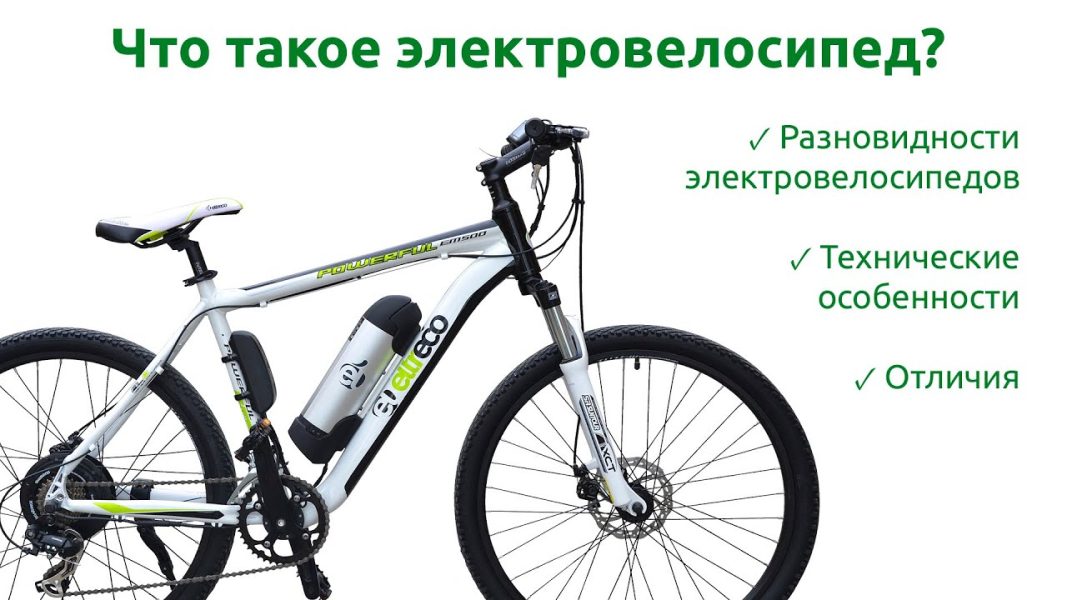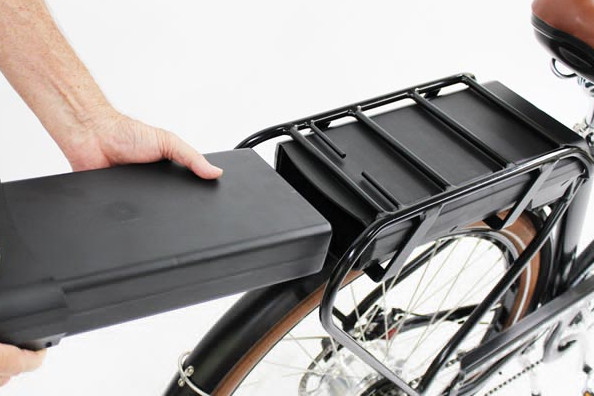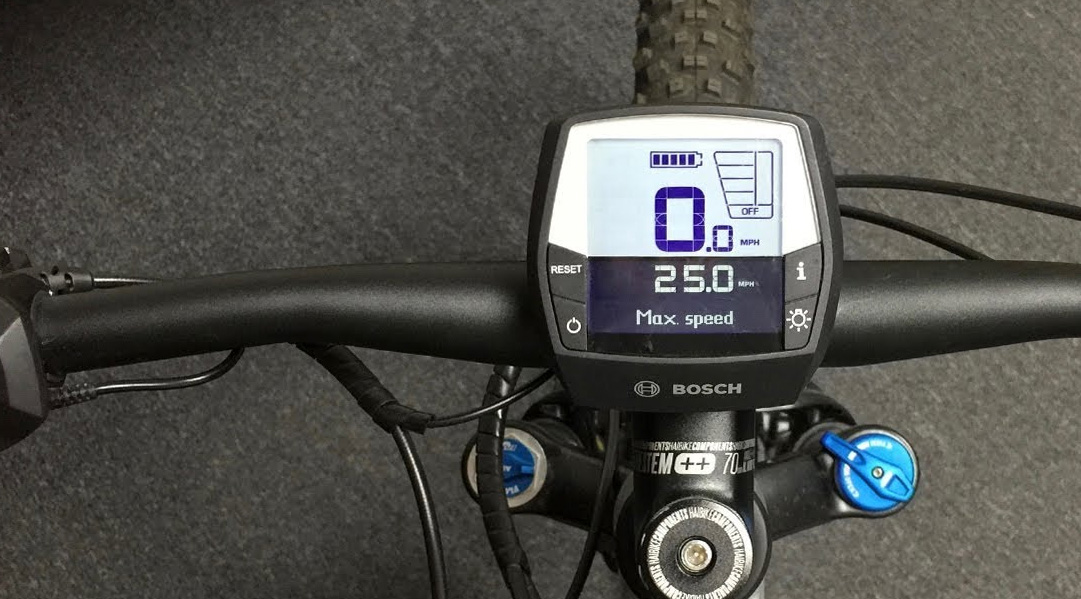
Electric bike: how does it work?
Content

The electric bike works like a hybrid, combining human strength and electric motorization, allowing the user to pedal with less effort. From the legislation regarding the electric bike to its various components, we explain in detail how it works.
Well-defined legal framework
In France, the electric bike is regulated by strict legislation. Its rated power must not exceed 250 W and the assistance speed must not exceed 25 km / h. In addition, the law requires assistance to be conditional on pressing the user's pedal. The only exception is the start assist devices offered by some models, which allow you to accompany the start of the bike for the first few meters, but at a speed that should not exceed 6 km / h.
Conditions “sine qua none” for the electric bike to remain assimilated as a VAE in the eyes of French law. In addition, there is legislation specific to mopeds, which applies with many key restrictions: the obligation to wear a helmet and compulsory insurance.
Philosophy: a concept that combines human and electrical energy.
Important Reminder: An electric bike is a pedal assist device that complements human strength, the intensity of the transmitted electricity depends on both the type of electric bike chosen and the driving mode used. In general, three to four modes are offered, allowing the user to adjust the assistance power to suit their needs.
In practice, some models work as a force sensor, that is, the intensity of assistance will depend on the pressure applied to the pedal. Conversely, other models use a rotation sensor and pedal use (even with empty chopping) is the only criterion for assistance.
Electric motor: an invisible force that moves you
It is a small invisible force that "pushes" you to pedal with little or no effort. An electric motor located in the front or rear wheel or in the lower bracket for higher-end models provides the necessary assistance.
For mid to high end models, the motor is in most cases built into the crankset, where OEMs such as Bosch, Shimano, and Panasonic act as benchmarks. For entry-level models, it is more implanted in the front or rear wheel. Some models also have remote controlled motors such as roller drives. However, they are much less common.

Energy storage battery
It is he who acts as a reservoir and stores electrons used to power the engine. The battery, usually built into or on top of the frame or located under the overhead bin, is in most cases removable for easy recharging at home or in the office.
The more its power, usually expressed in watt-hours (Wh), increases, the better the autonomy is observed.

Charger for collecting electrons
On rare occasions on board the bike, the charger can power the battery from the mains socket. It usually takes 3 to 5 hours to fully charge, depending on the capacity of the battery.
Controller to control everything
This is the brain of your electric bike. It is he who will regulate the speed, automatically stopping the engine as soon as the 25 km / h permitted by the law are reached, shares information related to the remaining range, or changing the intensity of assistance in accordance with the selected driving mode.
It is usually associated with a box located on the steering wheel, allowing the user to easily view information and customize different levels of assistance.

The cycle is just as important
Brakes, suspensions, tires, derailleur, saddle ... it would be a shame to focus only on electrical performance without taking into account all the components associated with the chassis. Equally important, they can vary greatly in comfort and driving experience.

